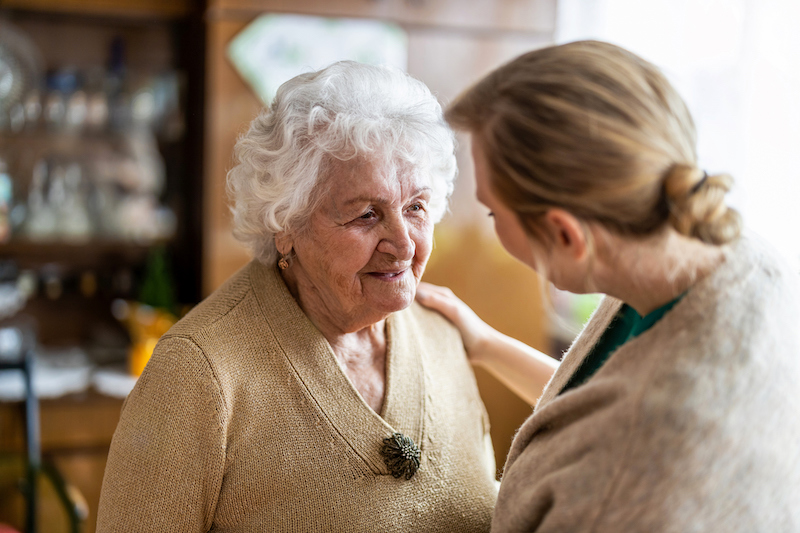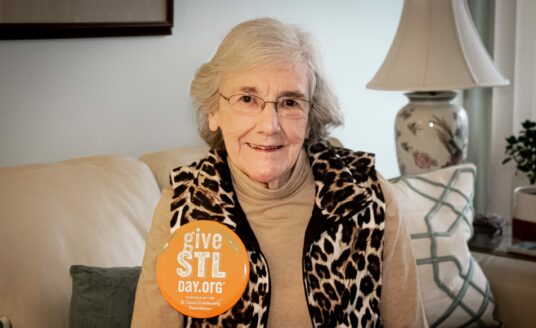If you are a caregiver or family member who has a senior loved one in need of care, you have probably heard the term “person-centered care.” Person-centered care focuses on the emotional needs and care preferences of a senior, including:
- Grooming
- Medication alerts
- Accompaniment to medical appointments
- Meal preparation
- Running errands
- Chores and housekeeping
- These elements are basic physical needs, however, and person-centered care goes deeper. It is not just seeing your loved one with a list of needs to “check off,” but as a human being with unique emotional and social needs.
How Does Person-Centered Care Work?
Personalized care is about cultivating a relationship. This requires respecting and valuing the senior, and understanding their perspective when physical care is provided. It extends beyond medication management. It means encouraging and emphasizing the achievement of the senior’s health goals to improve their quality of life.
Successful person-centered care requires that caregivers and seniors agree on the elements of care being provided, and that any changes must be agreed upon by both.
It also means learning and understanding the senior’s full story. Have the senior tell you about her or his parents and grandparents, and ask to hear some childhood memories. Reviewing a photo album together is a great way to get your senior to reminisce. Your increased knowledge of their life will strengthen the caring bond between you.
For person-centered care to be successful, the dynamic between your senior and you as a caregiver or family member should be inclusive, life-affirming, satisfying, and meaningful. The senior’s home should be a place where he or she has as much control as possible.
In a senior living community that values person-centered care, you will notice the emphasis in the following ways:
- These communities are places where seniors can live and make their own choices over their daily lives.
- Staff who work the closest with residents and thereby understand them best are empowered to make decisions with the residents.
- These residences for seniors are typically referred to as “communities,” not “facilities.” The idea is a community is where a person lives with others; a facility is where people are placed for supervision.
- And “residents” emphasizes the special place between the person and the place, where the word “patient” points toward medical needs.
Senior living communities that understand the importance of person-centered care will pay particular attention to residents during the move-in process. A committee, sometimes composed of residents, will greet them. A buddy system may be assigned to guide them through their new environment, and staff will be introduced to the senior’s family members. Family members will be encouraged to be a part of the ongoing transition process.
These communities know the value of choice, socialization and joy, and encourage residents to seek them out.
Whether your senior is in a senior living community, or being cared for in his or her home, the care process should involve continuous assessment as the senior’s needs change.
When to Set Boundaries
While person-centered care is the best mode of care for everyone involved, there may be situations where compromise with your senior is not possible, such as when the senior’s or caregiver’s health and wellbeing are threatened. Your senior may have lived a life of having things his or her way, and may not respond well to changes. You can explain the situation but, in the end, you will have to establish a boundary.
Person-Centered Care and Dementia
The inability of people with dementia to express their needs, and the unpredictable behavior dementia produces, can make the adoption of person-centered care challenging.
However, each person living with dementia has elements of the unique person you knew and loved. How and what they express will require patience and close observation in order to understand.
There are communication techniques for reaching out and discovering what your senior may be trying to express, such as:
- Touching, which can stimulate senses and provide reassurance.
- Non-verbal communication may become increasingly important. Try to understand what is being said based on context.
- Eye contact
- Speaking calmly and keeping your body language relaxed
- Avoiding baby talk
- Using short sentences
- Watching for visual cues. Gestures may provide a better understanding than words alone.
- Avoiding criticism, correcting, and arguing
- Taking breaks
Impact of Person-Centered Care
The positive impacts for the senior include:
- A feeling of security and freedom
- Improvement in care quality as care takes in a wider range of needs
- Better physical and mental health for the senior
- Renewed independence and dignity
For more caregiving tips, visit Bethesda’s caregiver blog.
| With 133 years of experience, Bethesda has become a leader in senior care, offering independent living, assisted living, memory care, and skilled nursing. To see if memory care is right for your family, tour any of our communities, including Bethesda Dilworth, Bethesda Southgate, and Bethesda Hawthorne Place. After meeting with our residents and highly trained staff, you will instantly feel at home. |



